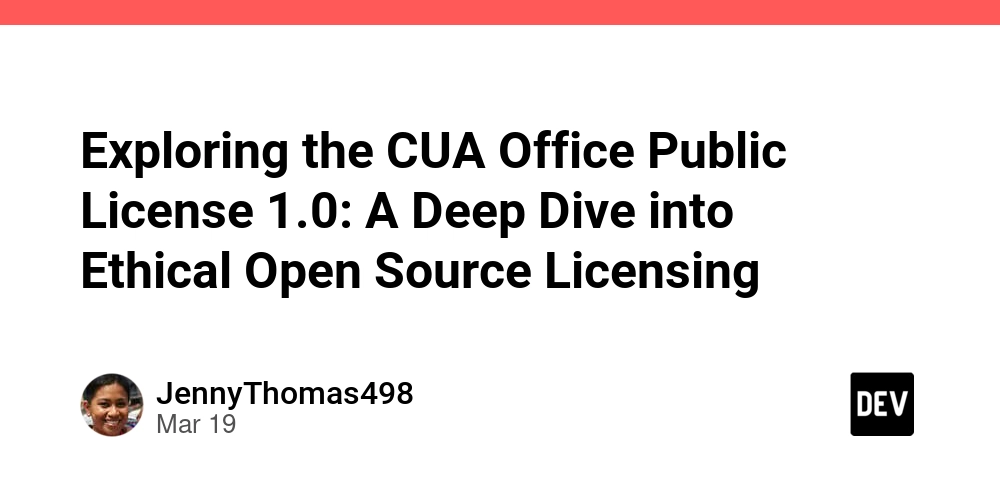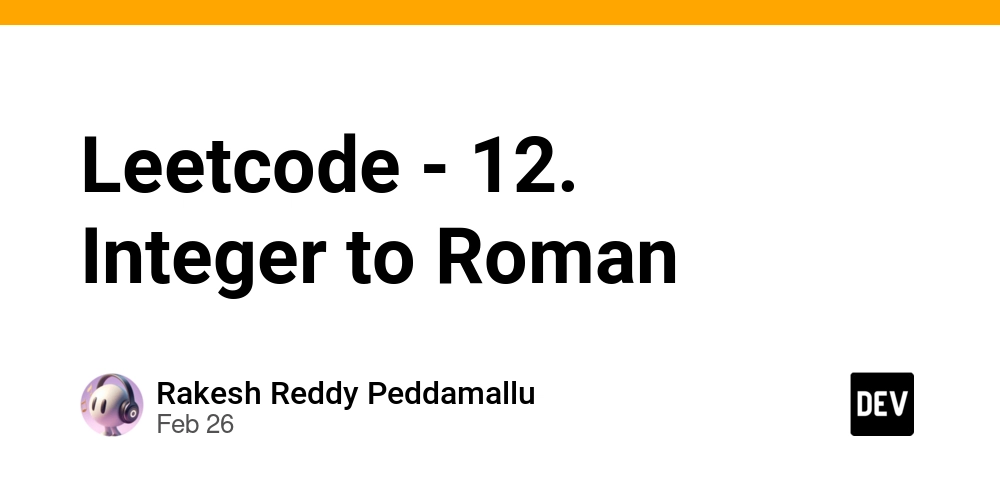The Future of Software Development Teams - Trends for 2025
Introduction – The Evolution of Software Teams Software teams are evolving faster than ever. Hybrid work, AI tools, and new development methodologies are reshaping how engineers collaborate, ship features, and scale software. As we move into 2025, it’s clear that the most successful teams won’t just write better code, they’ll work smarter, communicate more clearly, and adapt faster. Here are the top trends defining the future of software development teams. 1. AI Becomes a Teammate, Not Just a Tool AI coding assistants like GitHub Copilot and Cursor are moving from novelty to necessity. Generate boilerplate code, test cases, and documentation Suggest performance improvements and catch bugs early Integrate with IDEs to support developers in real-time Teams that learn to collaborate with AI will build faster and more consistently. 2. Asynchronous Collaboration Becomes the Norm Time zones and flexibility are pushing teams toward async-first work. Daily updates via tools like Loom or Slack Shared dashboards and visual boards instead of meetings Task-based workflows with clear documentation How TaskFrame helps: TaskFrame enables async collaboration by embedding docs, comments, and visual context directly into tasks and wireframes. Team members can contribute, review, and update progress without needing a live meeting. 3. Dynamic Docs Replace Static Documentation Traditional documentation is often outdated, ignored, or hard to maintain. Interactive docs linked to tasks and design elements Live updates based on project activity Centralized knowledge connected to actual work Why TaskFrame leads here: TaskFrame’s EAV-based property system builds documentation dynamically from tasks and wireframes, so your project knowledge evolves with your product. 4. Low-Fidelity Wireframes Power Real Workflows Wireframes aren’t just for design anymore. They’re becoming collaborative, dynamic planning tools for the entire team. Used to define, prioritize, and scope features Directly linked to implementation tasks Updated continuously during development TaskFrame treats wireframes as a live interface for project planning and collaboration not just static sketches. 5. Developer Tools Get More Opinionated and Integrated Teams are moving toward tools that offer structure, context, and connection not just isolated functionality. IDEs with task and code history integration Issue trackers linked to commits, builds, and releases Visual tools that reflect the current state of work TaskFrame in context: Instead of juggling five different platforms, teams manage planning, documentation, and progress tracking in one system with built-in support for visual workflows. 6. Outcome-Based Metrics Replace Output Metrics Success isn’t just about velocity or number of commits anymore. Emphasis on delivered business value OKRs and product impact over story points Teams measured on clarity, predictability, and collaboration Modern tools need to reflect this shift by connecting tasks to outcomes, not just checkboxes. Conclusion – Building the Teams of Tomorrow, Today Software teams in 2025 will be faster, smarter, and more connected but only if they embrace the tools and mindsets that match today’s complexity. From async-first culture to AI collaboration, the trends are clear: clarity, flexibility, and seamless integration will define the future of development. Try TaskFrame to see how your team can build better software by managing tasks, wireframes, and docs in one connected space.
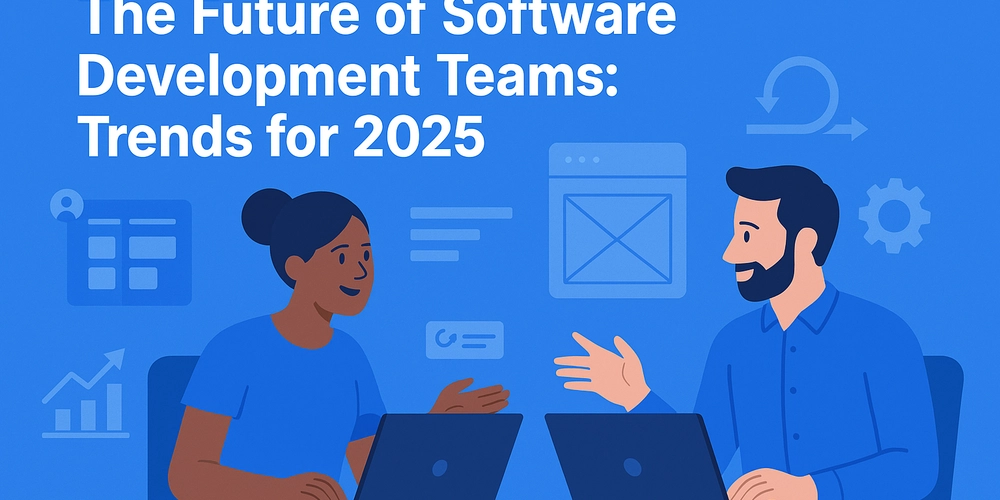
Introduction – The Evolution of Software Teams
Software teams are evolving faster than ever.
Hybrid work, AI tools, and new development methodologies are reshaping how engineers collaborate, ship features, and scale software.
As we move into 2025, it’s clear that the most successful teams won’t just write better code, they’ll work smarter, communicate more clearly, and adapt faster.
Here are the top trends defining the future of software development teams.
1. AI Becomes a Teammate, Not Just a Tool
AI coding assistants like GitHub Copilot and Cursor are moving from novelty to necessity.
- Generate boilerplate code, test cases, and documentation
- Suggest performance improvements and catch bugs early
- Integrate with IDEs to support developers in real-time
Teams that learn to collaborate with AI will build faster and more consistently.
2. Asynchronous Collaboration Becomes the Norm
Time zones and flexibility are pushing teams toward async-first work.
- Daily updates via tools like Loom or Slack
- Shared dashboards and visual boards instead of meetings
- Task-based workflows with clear documentation
How TaskFrame helps:
TaskFrame enables async collaboration by embedding docs, comments, and visual context directly into tasks and wireframes.
Team members can contribute, review, and update progress without needing a live meeting.
3. Dynamic Docs Replace Static Documentation
Traditional documentation is often outdated, ignored, or hard to maintain.
- Interactive docs linked to tasks and design elements
- Live updates based on project activity
- Centralized knowledge connected to actual work
Why TaskFrame leads here:
TaskFrame’s EAV-based property system builds documentation dynamically from tasks and wireframes, so your project knowledge evolves with your product.
4. Low-Fidelity Wireframes Power Real Workflows
Wireframes aren’t just for design anymore.
They’re becoming collaborative, dynamic planning tools for the entire team.
- Used to define, prioritize, and scope features
- Directly linked to implementation tasks
- Updated continuously during development
TaskFrame treats wireframes as a live interface for project planning and collaboration not just static sketches.
5. Developer Tools Get More Opinionated and Integrated
Teams are moving toward tools that offer structure, context, and connection not just isolated functionality.
- IDEs with task and code history integration
- Issue trackers linked to commits, builds, and releases
- Visual tools that reflect the current state of work
TaskFrame in context:
Instead of juggling five different platforms, teams manage planning, documentation, and progress tracking in one system with built-in support for visual workflows.
6. Outcome-Based Metrics Replace Output Metrics
Success isn’t just about velocity or number of commits anymore.
- Emphasis on delivered business value
- OKRs and product impact over story points
- Teams measured on clarity, predictability, and collaboration
Modern tools need to reflect this shift by connecting tasks to outcomes, not just checkboxes.
Conclusion – Building the Teams of Tomorrow, Today
Software teams in 2025 will be faster, smarter, and more connected but only if they embrace the tools and mindsets that match today’s complexity.
From async-first culture to AI collaboration, the trends are clear:
clarity, flexibility, and seamless integration will define the future of development.
Try TaskFrame to see how your team can build better software by managing tasks, wireframes, and docs in one connected space.
















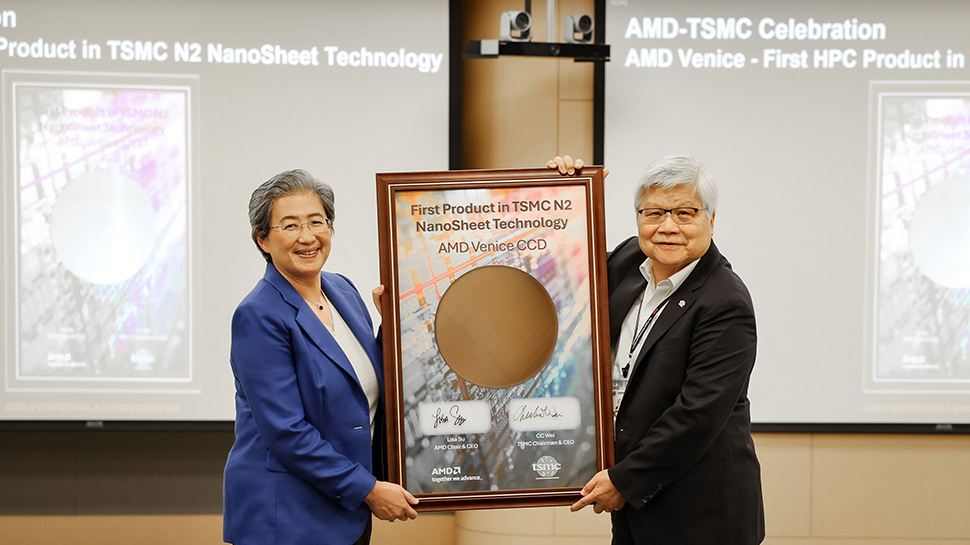
























































































































































![[The AI Show Episode 144]: ChatGPT’s New Memory, Shopify CEO’s Leaked “AI First” Memo, Google Cloud Next Releases, o3 and o4-mini Coming Soon & Llama 4’s Rocky Launch](https://www.marketingaiinstitute.com/hubfs/ep%20144%20cover.png)















































































































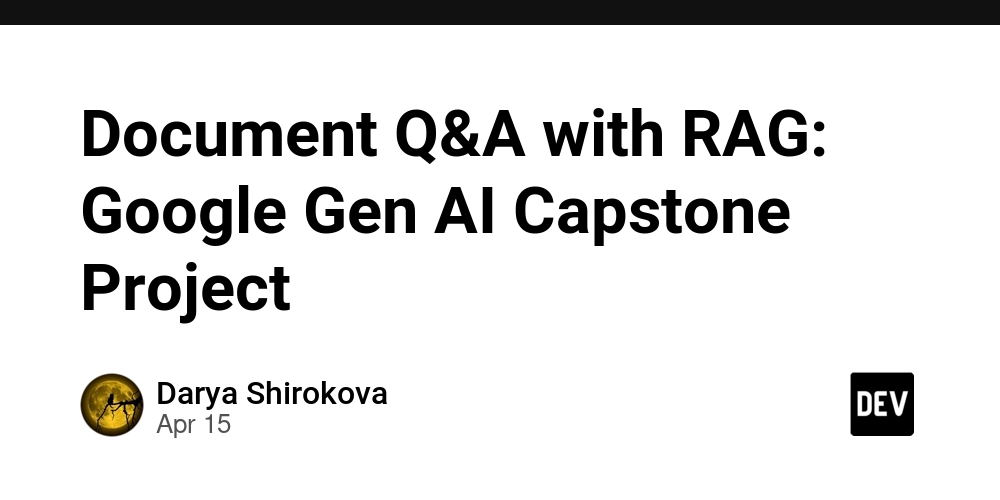
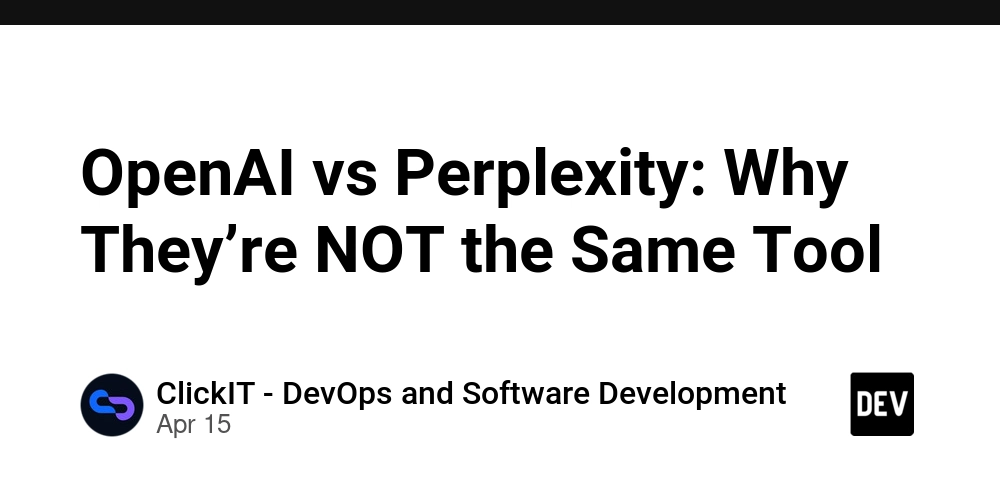





















































































![Blue Archive tier list [April 2025]](https://media.pocketgamer.com/artwork/na-33404-1636469504/blue-archive-screenshot-2.jpg?#)






























.png?#)











-Baldur’s-Gate-3-The-Final-Patch---An-Animated-Short-00-03-43.png?width=1920&height=1920&fit=bounds&quality=70&format=jpg&auto=webp#)














































































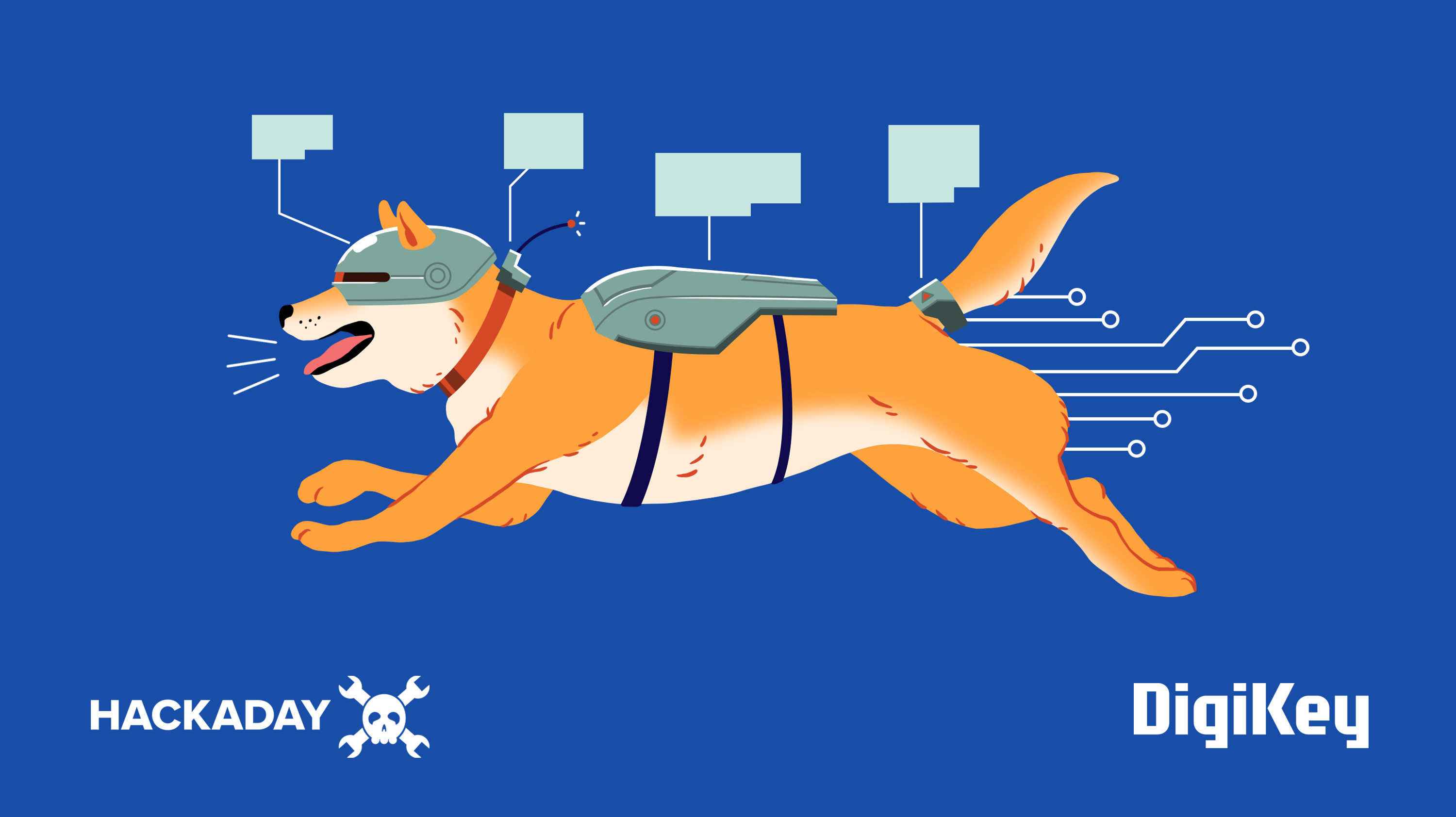


















































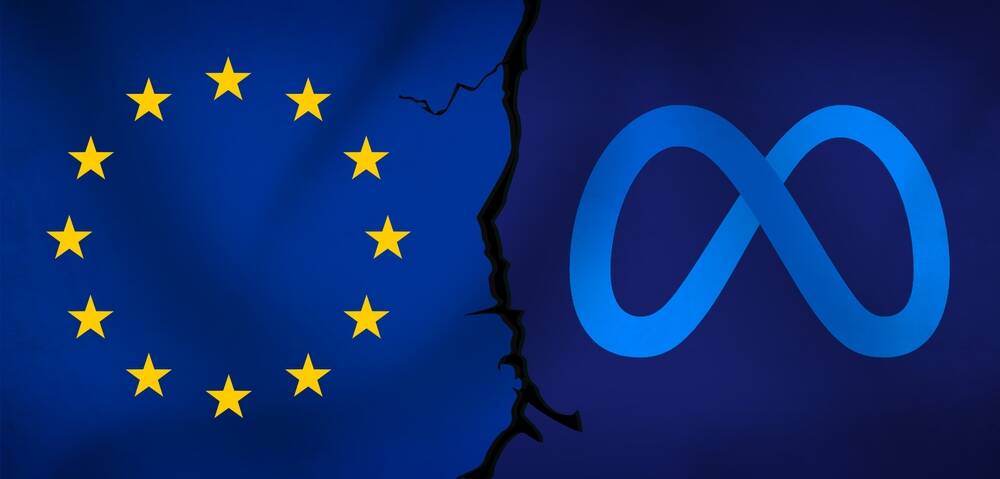


![Apple's Foldable iPhone May Cost Between $2100 and $2300 [Rumor]](https://www.iclarified.com/images/news/97028/97028/97028-640.jpg)
![Apple Releases Public Betas of iOS 18.5, iPadOS 18.5, macOS Sequoia 15.5 [Download]](https://www.iclarified.com/images/news/97024/97024/97024-640.jpg)
![Apple to Launch In-Store Recycling Promotion Tomorrow, Up to $20 Off Accessories [Gurman]](https://www.iclarified.com/images/news/97023/97023/97023-640.jpg)

































































































































